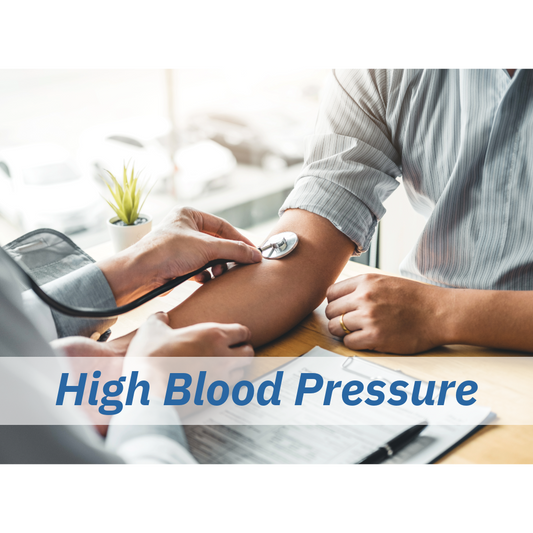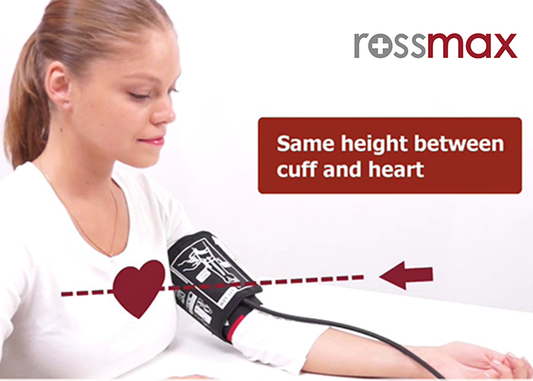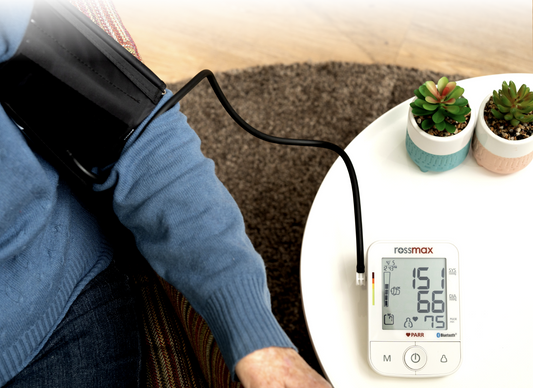Choosing a suitable blood pressure monitor is essential for accurate and reliable readings, especially if you have hypertension or other cardiovascular concerns. Here are some factors to consider when selecting a blood pressure monitor:
- Type of Blood Pressure Monitors:
- Manual Monitors: These require a stethoscope and manual inflation of the cuff. They are often used by healthcare professionals.
- Automatic Arm Monitors: These are popular for home use and are placed on the upper arm. They inflate and deflate automatically, displaying readings on a digital screen.
- Wrist Monitors: These are worn like a wristwatch and are more compact. However, they may be less accurate than arm monitors.
- Accuracy: Accuracy is crucial. Look for monitors that are clinically validated or approved by reputable medical organizations like the American Heart Association (AHA) or the British Hypertension Society (BHS).
- Cuff Size: Ensure the cuff size fits your arm properly. An ill-fitting cuff can lead to inaccurate readings. Measure your arm's circumference and choose a monitor with an appropriate cuff size.
- Display: Opt for a monitor with a clear and easy-to-read display. Large, backlit screens are helpful, especially for those with visual impairments.
- Memory and Data Storage: Some monitors store previous readings, making it easier to track your blood pressure over time. Look for one with enough storage capacity for your needs.
- Ease of Use: Choose a monitor that is user-friendly, with straightforward buttons and controls. Features like one-touch operation can simplify the process.
- Power Source: Blood pressure monitors typically use batteries or an AC adapter. Consider your preference and whether you want a portable or stationary unit.
- Cost: Blood pressure monitors come in various price ranges. While it's important not to compromise on accuracy, consider your budget and choose one that meets your needs without overspending.
- Brand and Reputation: Stick to reputable brands known for producing reliable medical devices. Reading user reviews and seeking recommendations from healthcare professionals can also be helpful.
- Calibration and Maintenance: Check if the monitor requires calibration or periodic maintenance to ensure accurate readings. Some models may need calibration by a healthcare professional.
- Connectivity: Some modern monitors can connect to smartphones or tablets via Bluetooth, allowing you to track and store your readings in a mobile app. This feature can be valuable for long-term monitoring and sharing data with your healthcare provider.
- Validation: Ensure that the monitor you choose has been validated according to international standards for accuracy. Look for certifications such as ANSI/AAMI SP10, BHS, or ESH.
- Warranty and Customer Support: Check the warranty offered by the manufacturer and the availability of customer support in case you encounter any issues with the monitor.
Remember to consult with your healthcare provider for recommendations on the type of blood pressure monitor that best suits your specific needs, as they can provide guidance based on your medical history and any existing conditions. Regular monitoring and accurate readings are crucial for managing hypertension and other cardiovascular conditions effectively.













